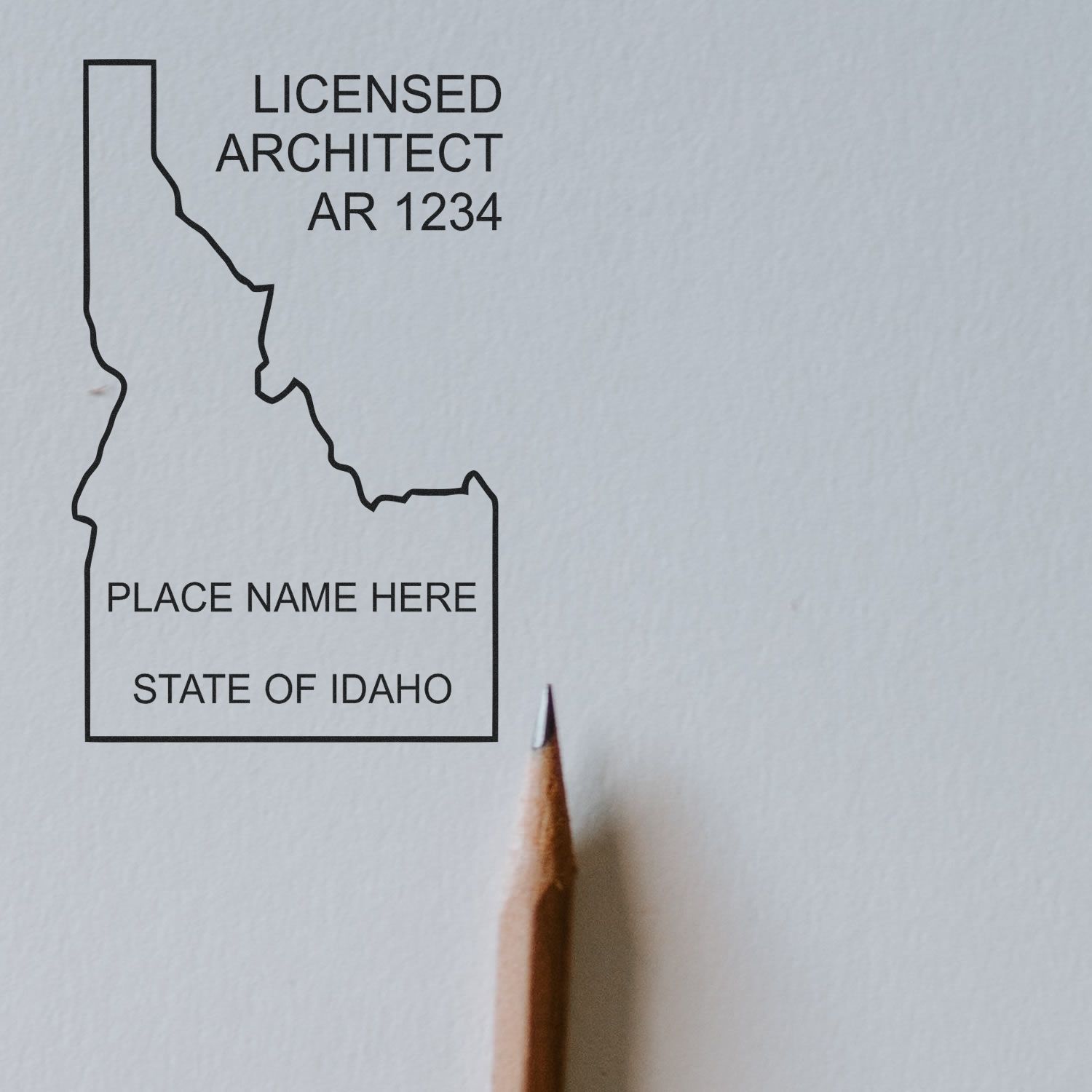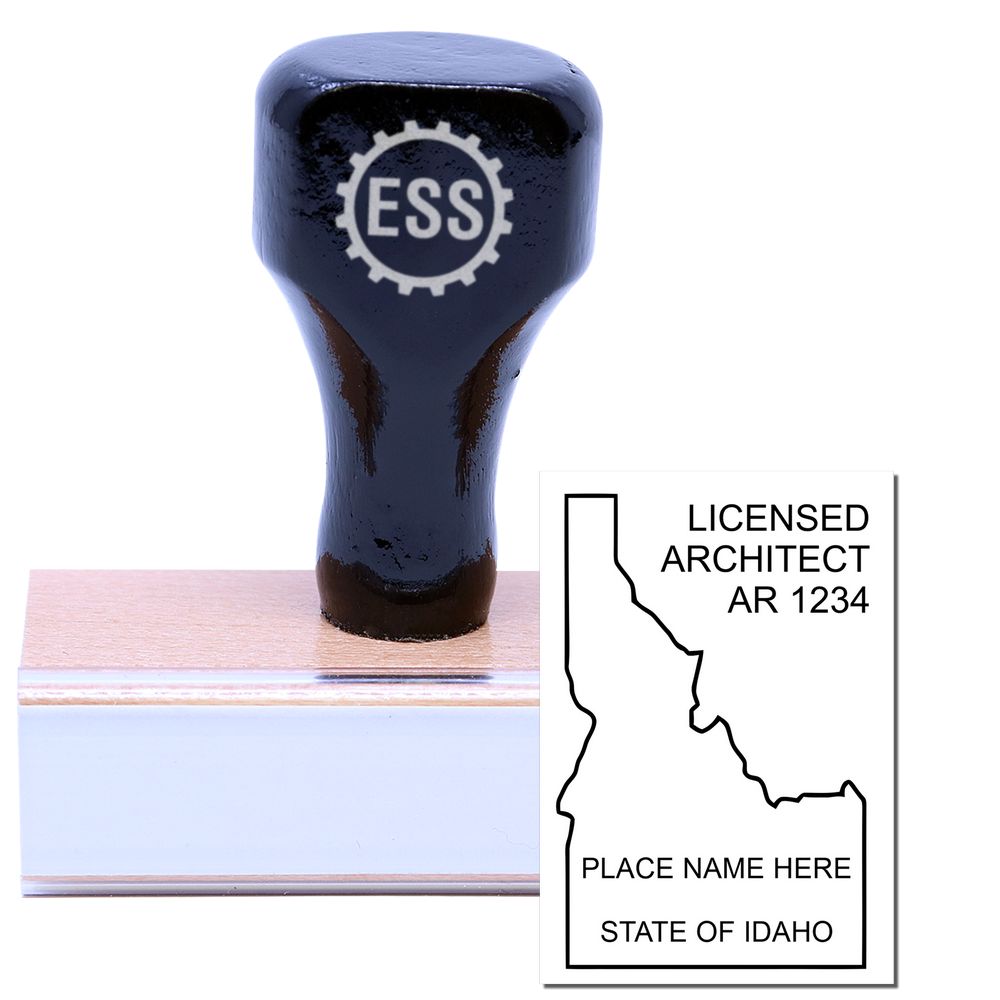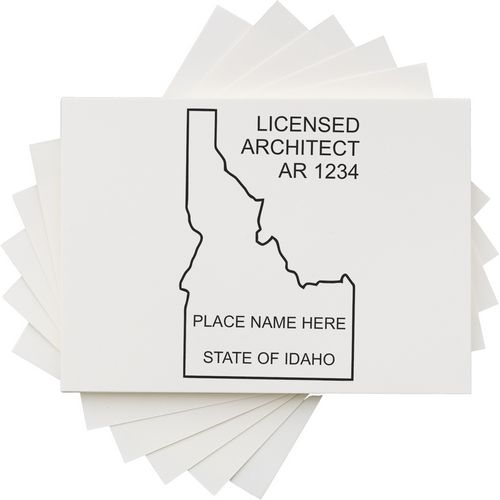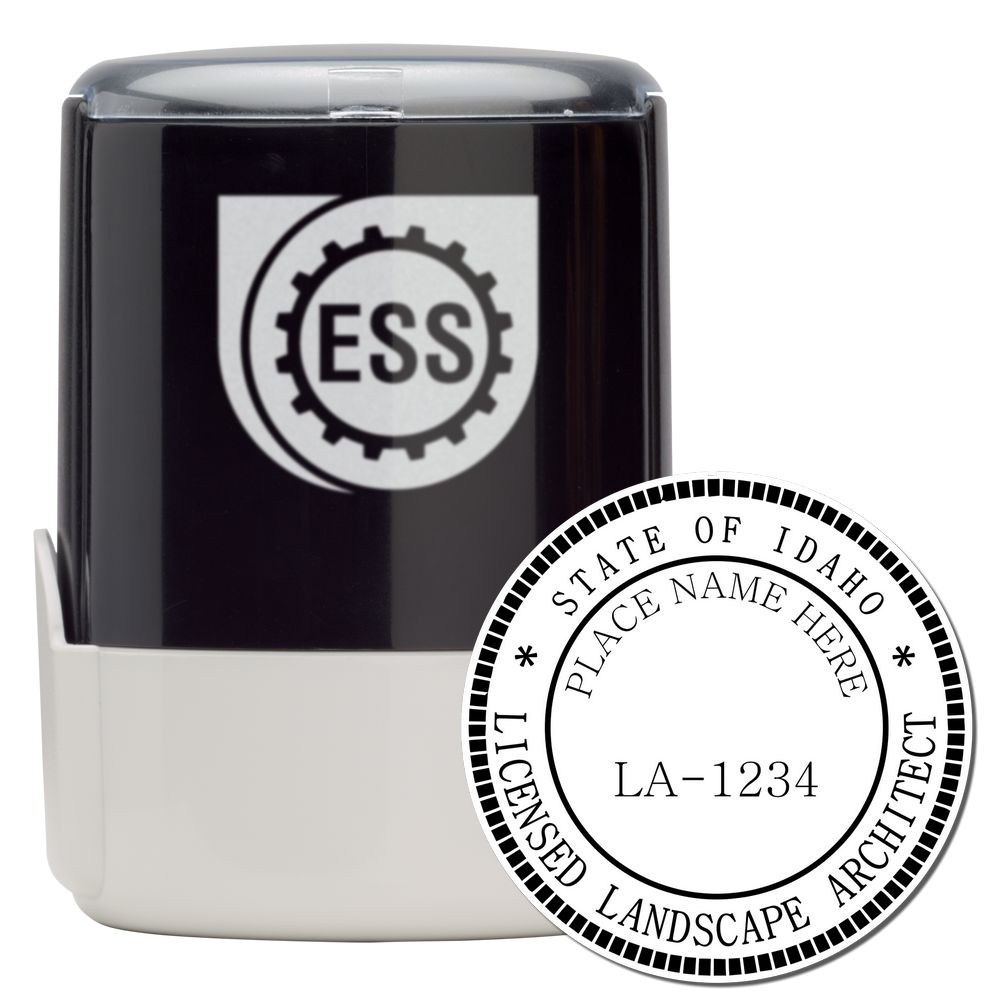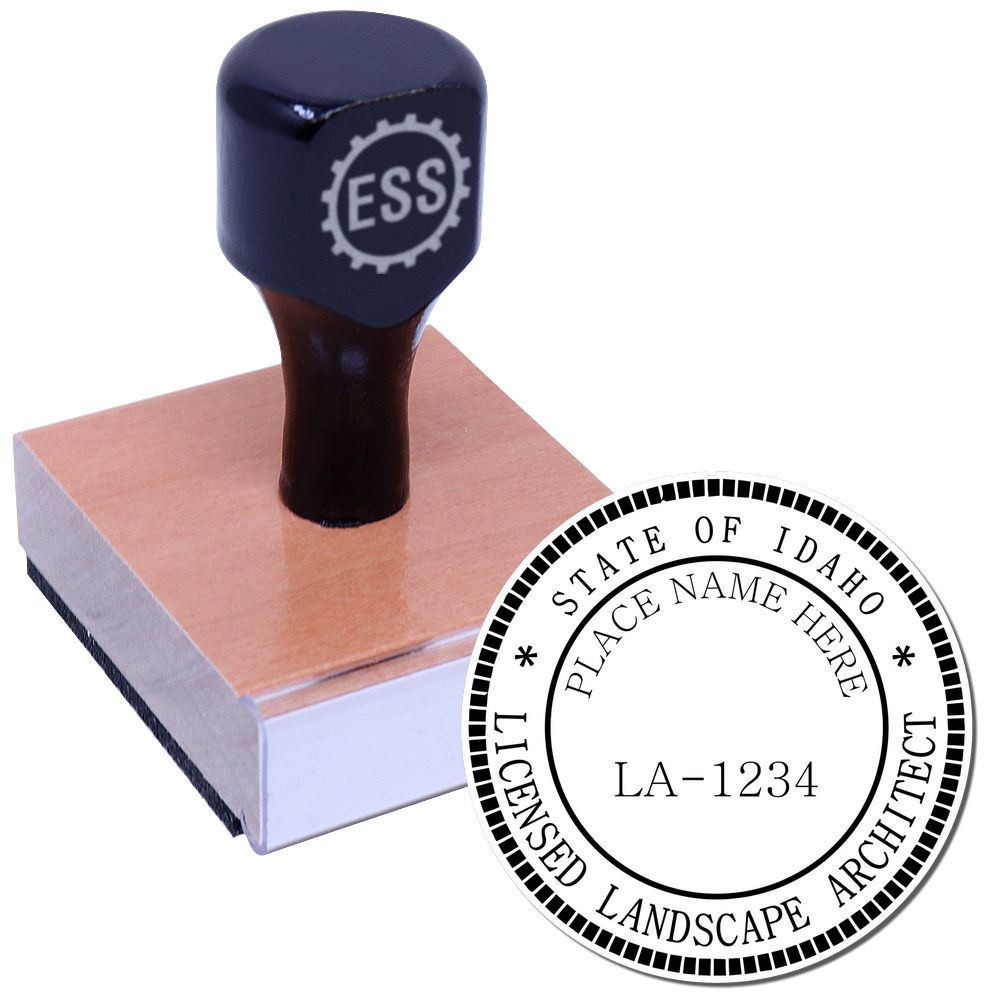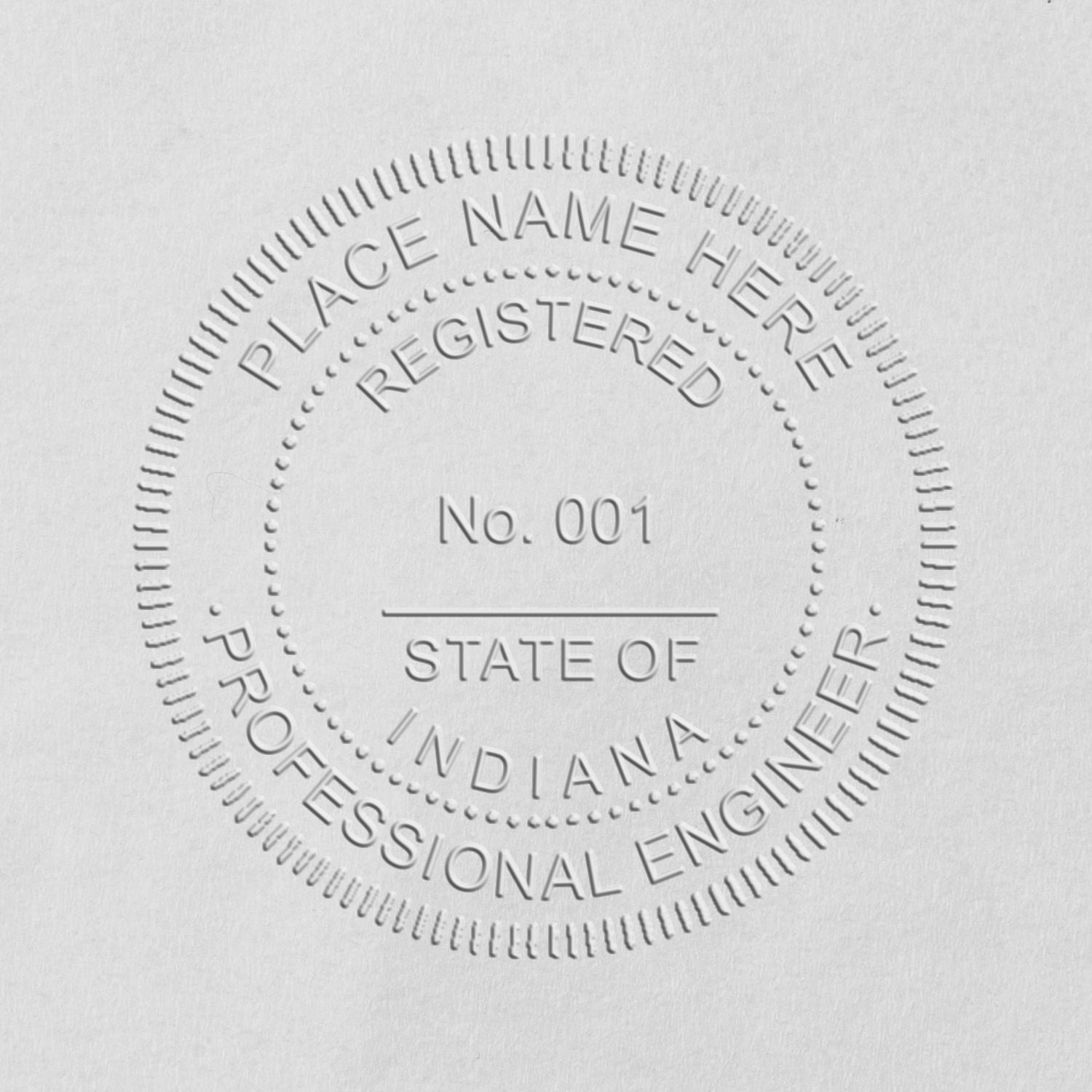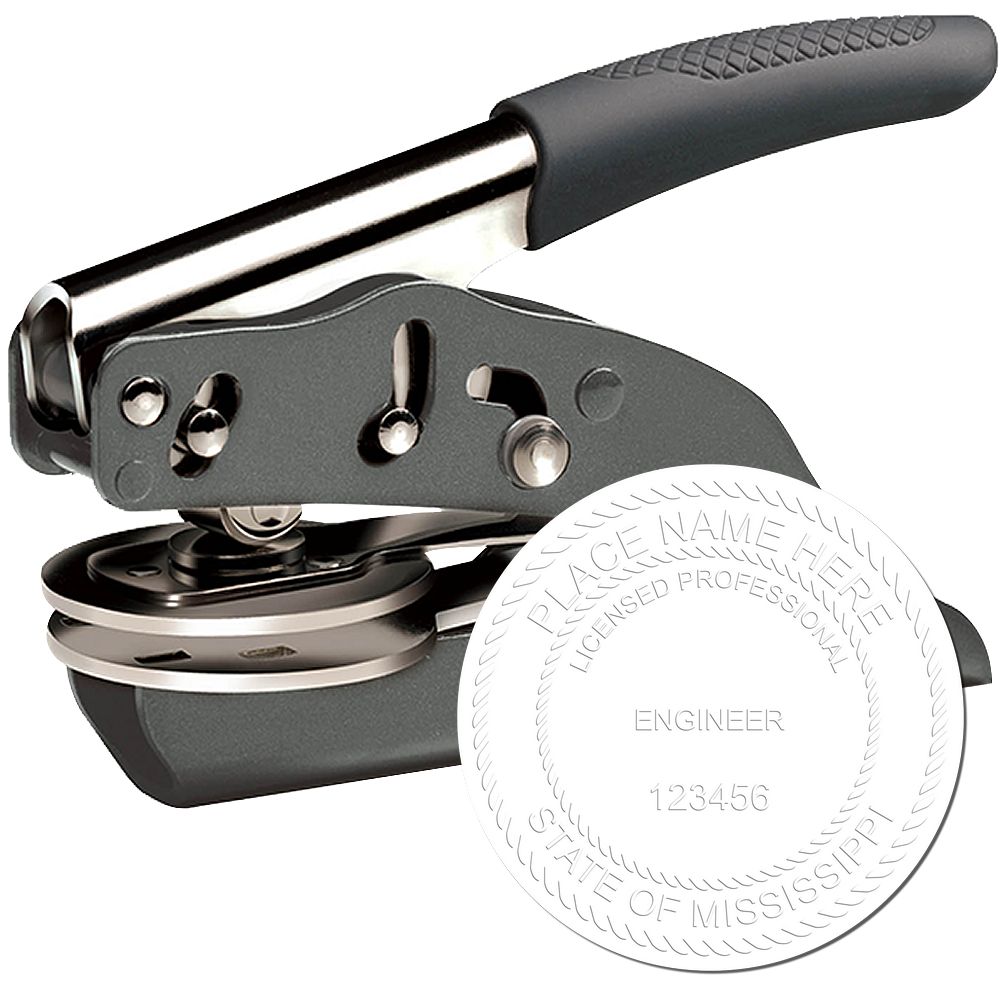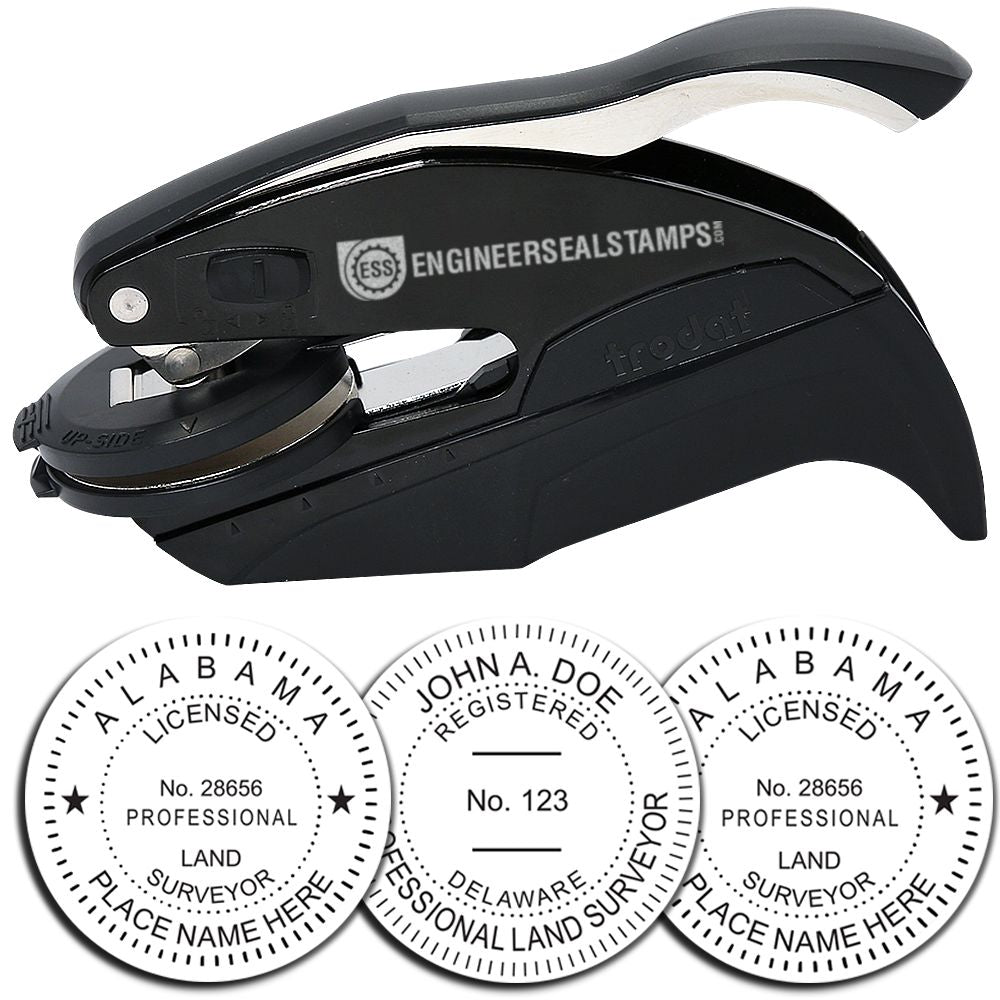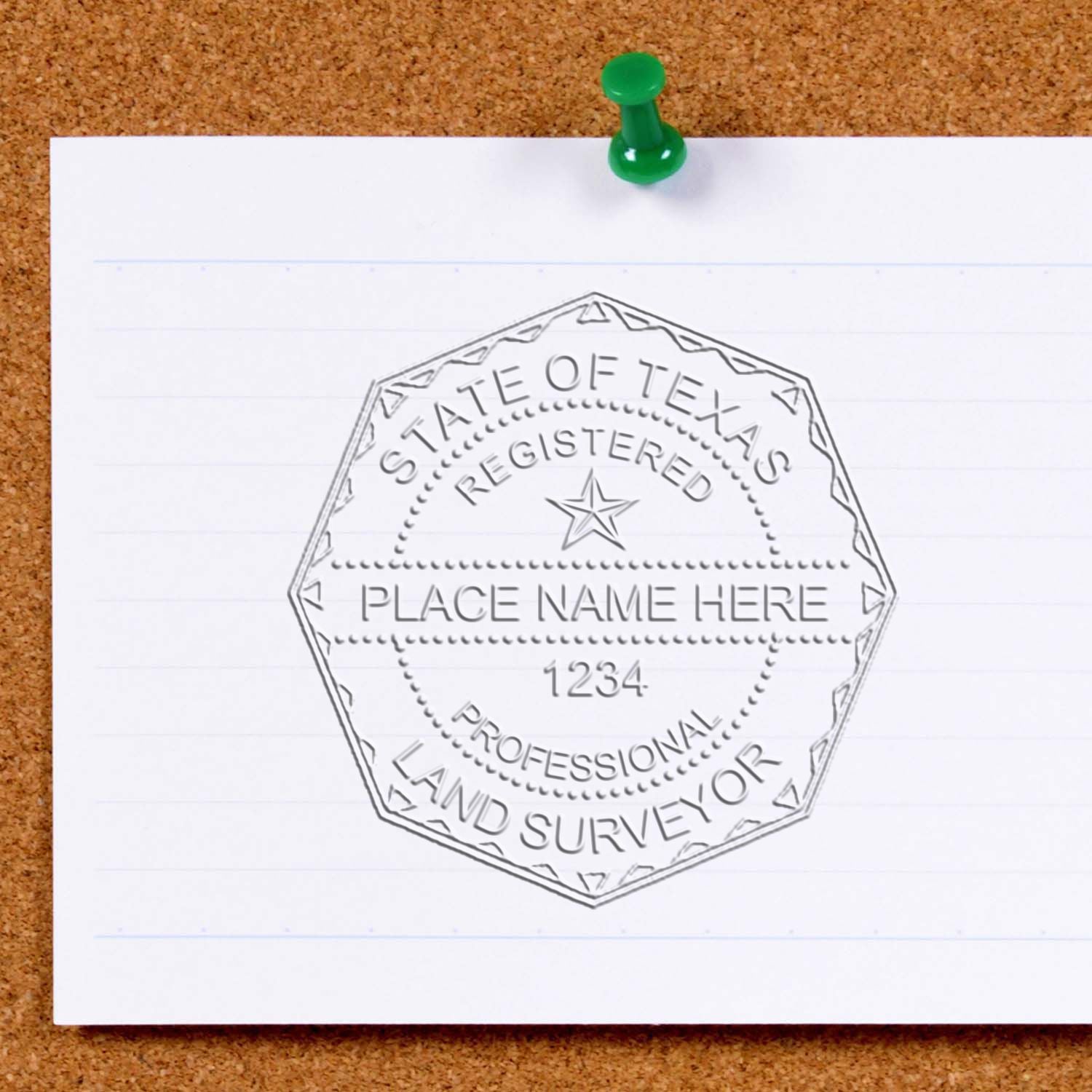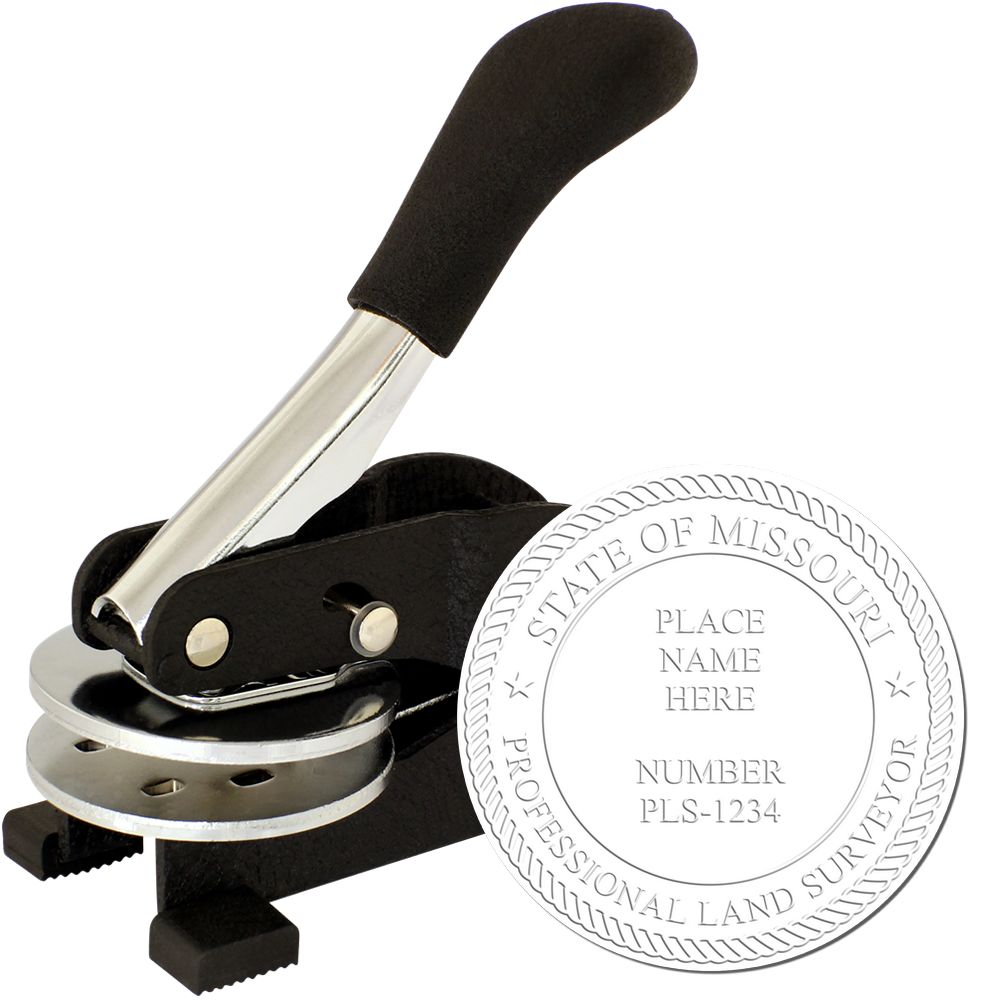The Importance of Architectural Seals
When it comes to the field of architecture, architectural seals play a vital role in ensuring the integrity and credibility of architectural documents. Let's delve into what architectural seals are and why they are required.
What is an Architectural Seal?
An architectural seal, also known as an architectural stamp, is an official mark or imprint that signifies the approval and authentication of architectural drawings, plans, and other related documents. This seal is affixed to architectural documents to indicate that a licensed architect has reviewed and taken responsibility for the design and compliance of the project.
The architectural seal typically includes important information such as the architect's name, license number, and the state where they are licensed. It serves as a visual representation of the architect's professional credentials and assures clients, regulatory authorities, and the public that the project has been designed and overseen by a qualified professional.
Why are Architectural Seals Required?
Architectural seals are required for several important reasons. First and foremost, they ensure public safety by guaranteeing that architectural designs meet applicable building codes, regulations, and industry standards. The seal signifies that the architect has considered structural integrity, safety measures, and other critical factors during the design process.
Architectural seals also protect the professional reputation and liability of architects. By affixing their seal to architectural documents, architects assume responsibility for the accuracy and quality of their work. This helps to maintain high professional standards and accountability within the architectural industry.
Furthermore, architectural seals are often required by state licensing boards and regulatory agencies. They act as a means of regulating the architectural profession and verifying the qualifications and competence of architects. State-specific regulations dictate the design, size, and content requirements for architectural seals. For detailed information on Idaho architectural seal requirements, you can refer to our article on idaho architect stamps.
In summary, architectural seals are of utmost importance in the field of architecture. They serve as a visual representation of an architect's professional credentials and ensure compliance with building codes and regulations. By requiring architectural seals, the industry upholds professional standards, protects public safety, and maintains the integrity of architectural designs.
Understanding Idaho Architectural Seal Requirements
To ensure the integrity and professionalism of architectural work, the state of Idaho has established specific legal requirements for architects regarding the use of an architectural seal. Understanding these requirements is essential for architects practicing in Idaho.
Legal Requirements for Idaho Architects
In Idaho, architects are legally required to affix their architectural seal to certain documents, such as drawings, plans, specifications, and reports, that are prepared or issued by them or under their direct supervision. This seal serves as a symbol of the architect's professional responsibility and accountability for the work they have performed.
The Idaho Board of Architectural Examiners oversees the regulatory aspects related to architectural practice in the state. They have outlined the specific rules and regulations regarding the use of an architectural seal. Architects must comply with these regulations to ensure the validity and legal acceptance of their work.
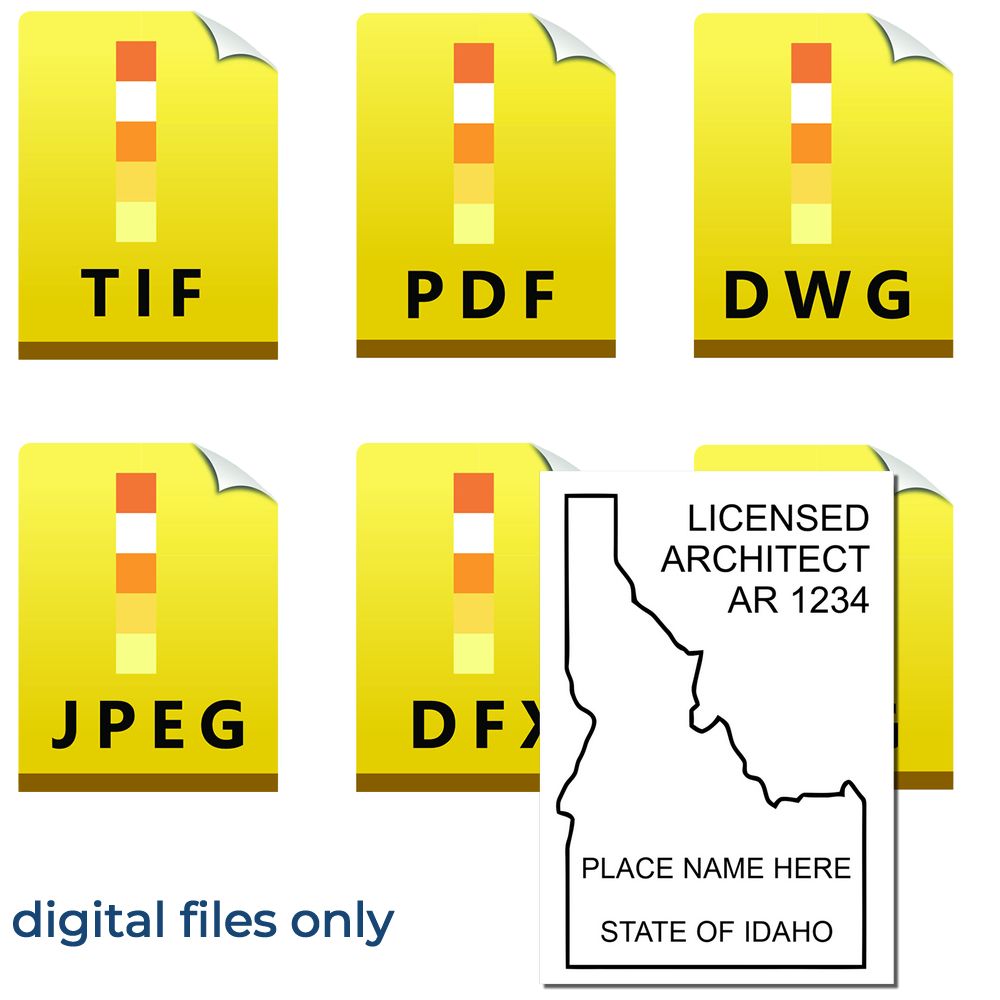
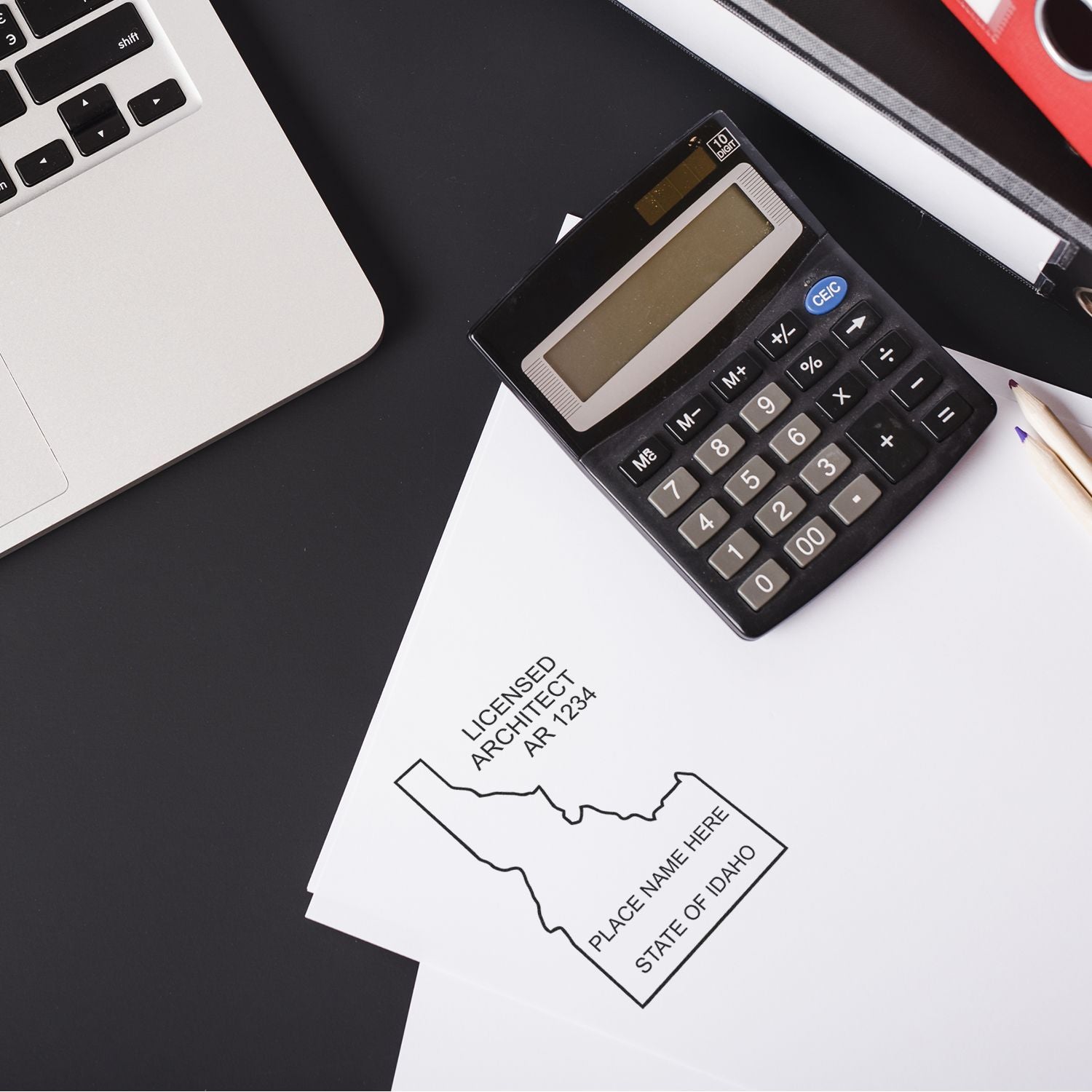
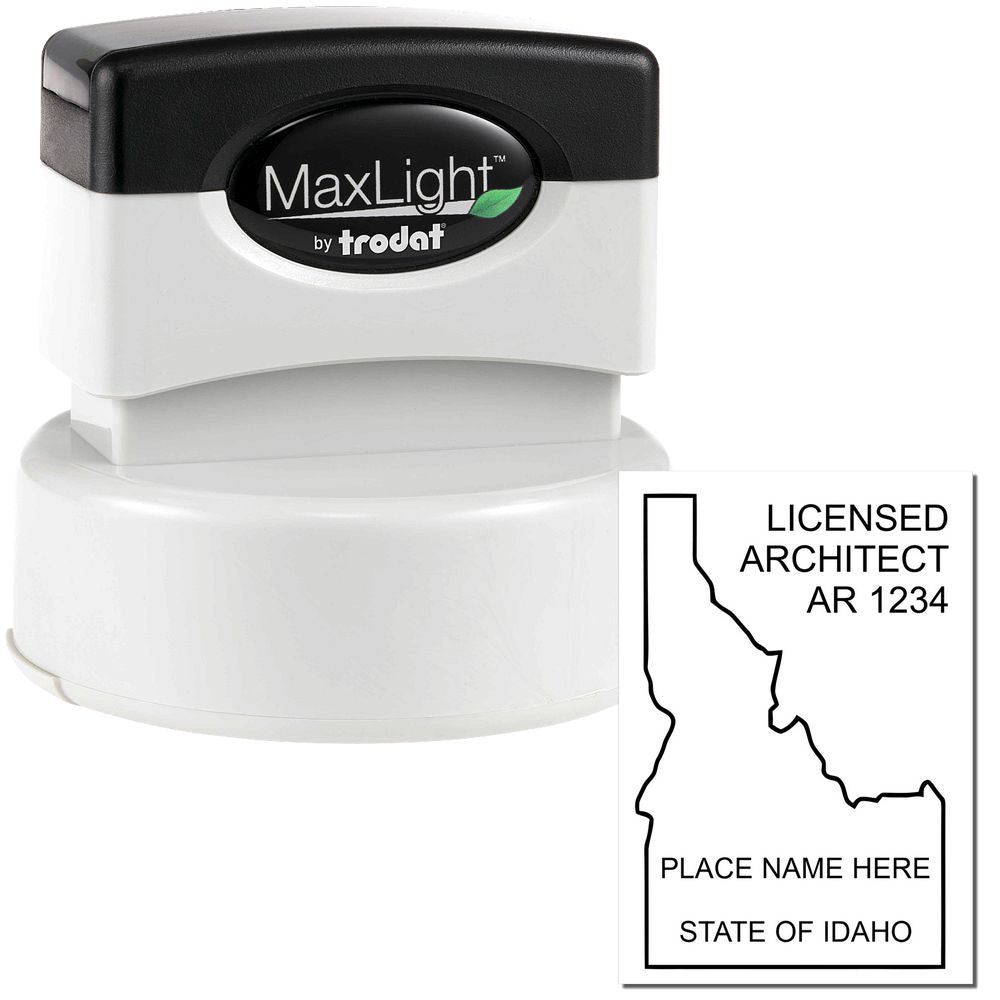
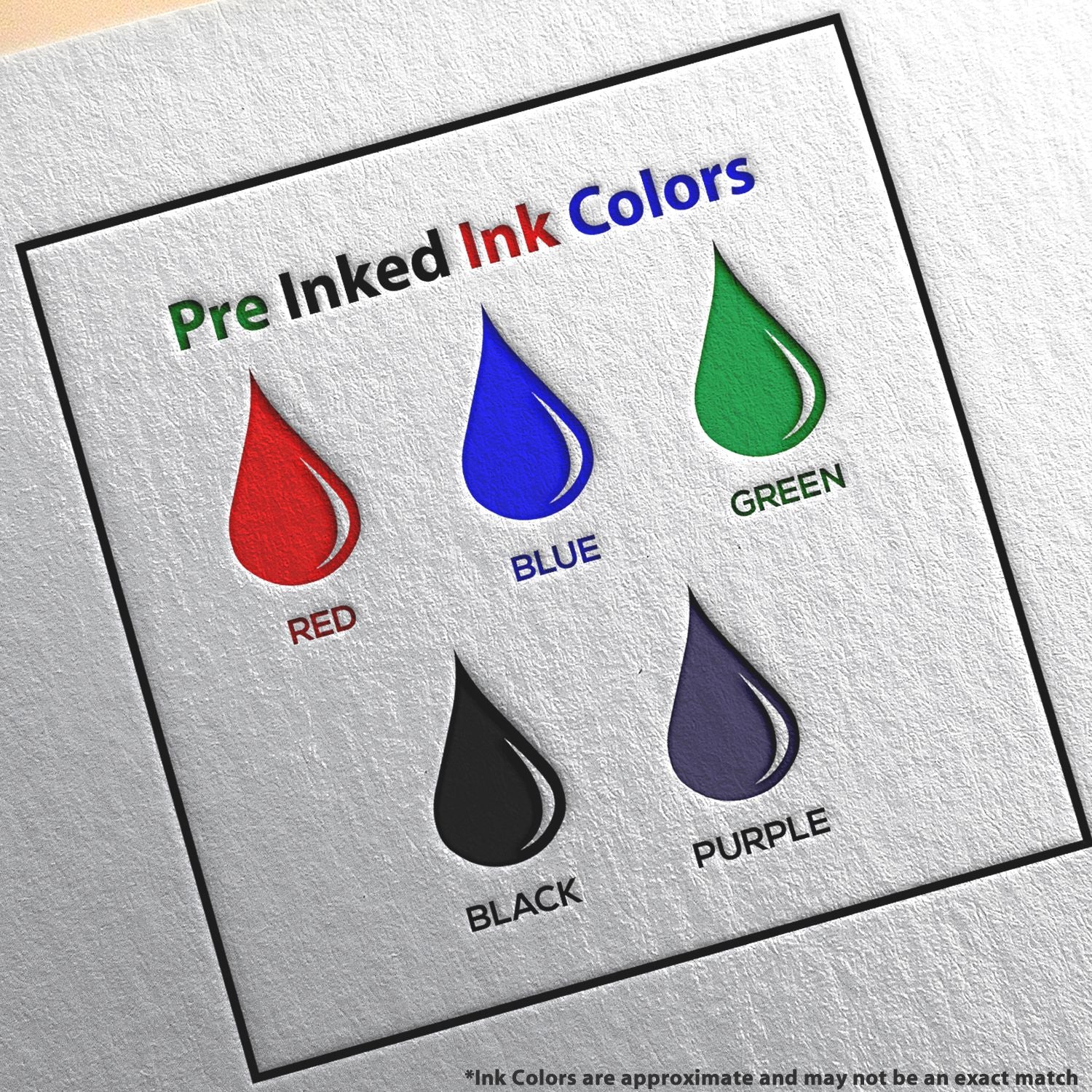
For detailed information on the specific regulations and guidelines related to Idaho architectural seals, architects can refer to the Idaho Architect Stamp Regulations and Idaho Architect Stamp Guidelines.
Purpose and Function of the Seal
The architectural seal serves multiple purposes in the field of architecture. It primarily acts as a form of identification for the architect and indicates that the work has been done in compliance with the applicable laws, regulations, and professional standards.
The seal also signifies that the architect takes responsibility for the accuracy, completeness, and quality of the documents bearing the seal. It provides assurance to clients, regulatory authorities, and other stakeholders that the architect's work meets the necessary standards of professionalism and competency.
By affixing their architectural seal, architects establish their credibility and demonstrate their commitment to upholding the highest standards of their profession.
Architects seeking to obtain an Idaho architectural seal must ensure that they comply with the legal requirements and guidelines set forth by the Idaho Board of Architectural Examiners. This includes adhering to the specific design, format, and content requirements outlined by the board. For more information on the design and size specifications of the seal, architects can refer to our article on Idaho architect stamp design and Idaho architect stamp size.
Maintaining compliance with the architectural seal requirements is crucial for architects practicing in Idaho. Failure to comply may result in penalties or legal consequences. Architects should ensure that they stay updated with any changes or updates to the seal requirements to remain in good standing with the regulatory authorities and to protect the integrity of their profession.
Design and Format
When it comes to the design and format of an architectural seal, there are specific requirements that architects in Idaho must adhere to. These requirements ensure consistency and professionalism in the industry. In this section, we will explore the size and shape requirements as well as the content and information that should be included on the seal.
Size and Shape Requirements
Idaho architectural seals must meet certain size and shape requirements. While there is no stipulated standard size, the seal should be of sufficient size to clearly display the required information. It is important to note that the seal should not be excessively large or small, as it must be legible when reproduced on documents.
Architects have the flexibility to choose between a round or rectangular shape for their seal. The shape should be consistent throughout all seals used by the architect to maintain a professional appearance. It is recommended to consult the Idaho architect stamp guidelines for specific details regarding size and shape specifications.
Content and Information on the Seal
The content and information displayed on the Idaho architectural seal are essential for identification and verification purposes. The following details are typically included on the seal:
-
Architect's Name: The architect's full name should be clearly legible on the seal. This ensures that the seal can be traced back to the responsible architect.
-
Architect's License Number: The architect's license number, issued by the Idaho Board of Architectural Examiners, should be prominently displayed on the seal. This allows for easy verification of the architect's credentials.
-
State of Idaho: The words "State of Idaho" or the abbreviation "ID" should be present on the seal to indicate that the architect is licensed to practice in Idaho.
Save 20%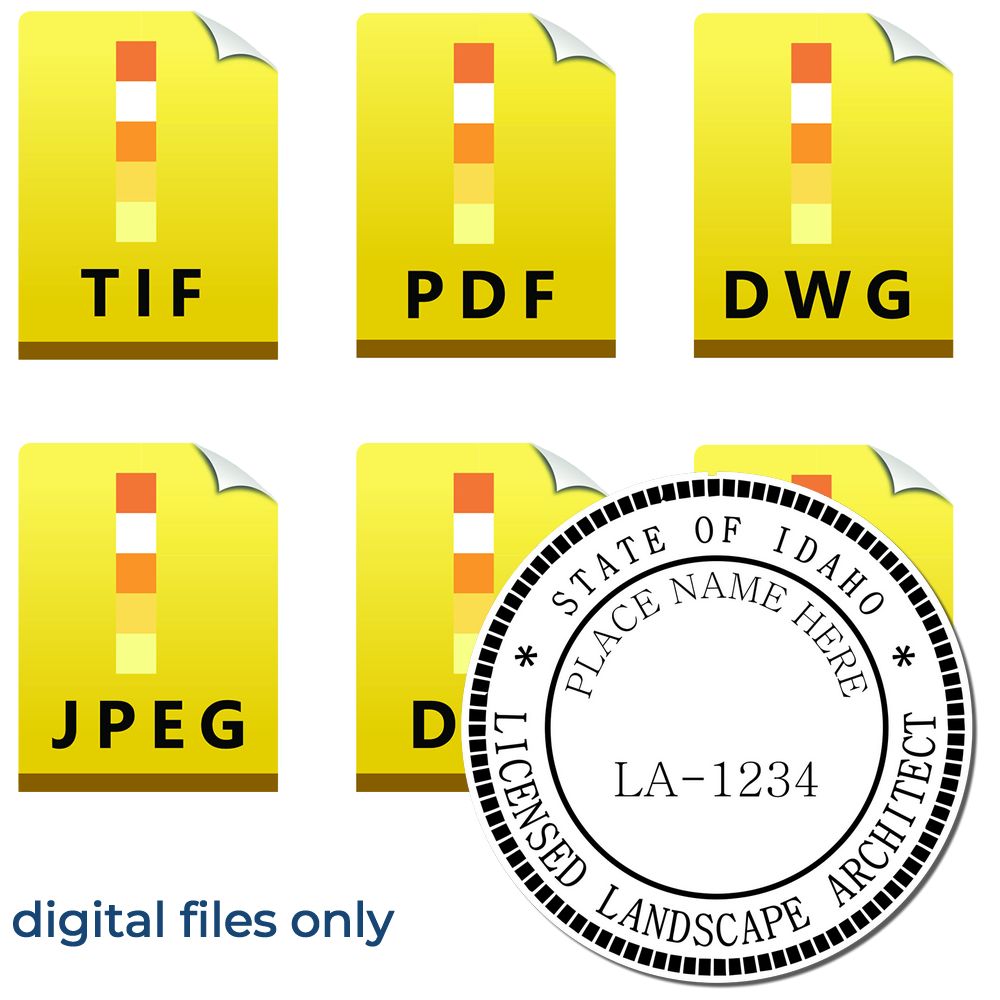
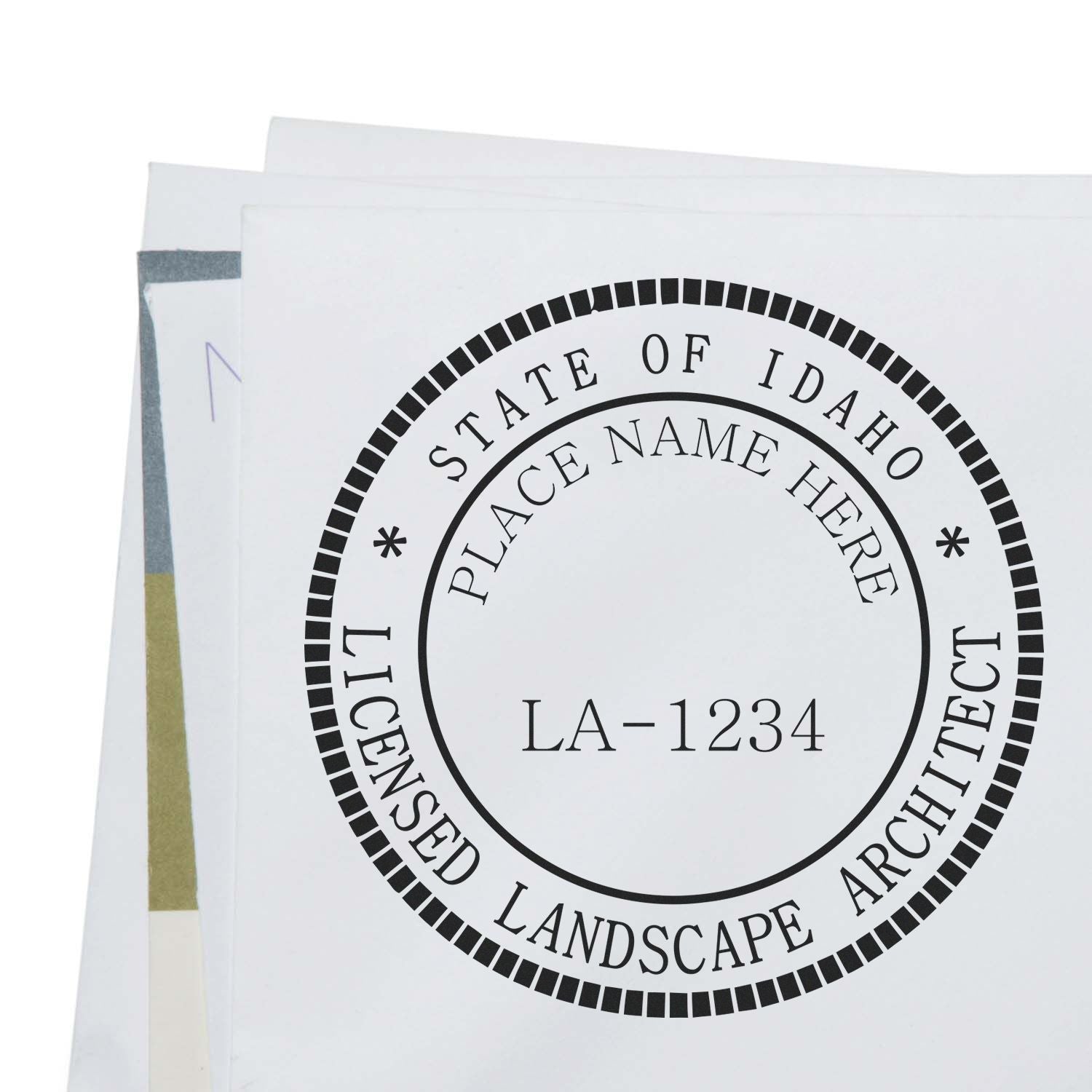 Digital Idaho Landscape Architect Stamp, 6 File Types3008LA-IDSale price$20.00 Regular price$25.00Save 15%
Digital Idaho Landscape Architect Stamp, 6 File Types3008LA-IDSale price$20.00 Regular price$25.00Save 15%
 Premium MaxLight Pre-Inked Idaho Landscape Architectural Stamp3021LA-IDSale price$46.95 Regular price$54.95
Premium MaxLight Pre-Inked Idaho Landscape Architectural Stamp3021LA-IDSale price$46.95 Regular price$54.95 -
Architect's Signature: Some seals may include a space for the architect's signature, which adds an additional level of authenticity to the document.
It is important to ensure that all information on the seal is clear, legible, and accurately reflects the architect's credentials. Architects can refer to the Idaho architect stamp regulations for specific requirements regarding the content and design of the seal.
By following the designated size and shape requirements and including the necessary information, architects can ensure that their Idaho architectural seal meets the standards set by the state's regulations. This helps to maintain professionalism and accountability within the architectural industry. To obtain a seal that complies with these requirements, architects can explore options from reputable seal providers. For more information on obtaining an Idaho architectural seal, refer to our article on Idaho architect stamps.
Obtaining an Idaho Architectural Seal
Once you are aware of the Idaho architectural seal requirements, the next step is to obtain the seal itself. In this section, we will discuss where to get an Idaho architectural seal and the considerations to keep in mind when choosing a seal provider.
Where to Get an Idaho Architectural Seal
When it comes to obtaining an Idaho architectural seal, there are various options available. One of the most convenient and efficient ways is to seek a reputable online seal provider. These online providers offer a wide range of Idaho architect stamps that comply with the state's regulations.
By choosing an online provider, you can conveniently browse through different stamp designs, sizes, and customization options. Additionally, these providers often have a streamlined ordering process, allowing you to easily upload your professional information and customize your seal to meet your specific requirements. It's important to ensure that the provider you choose is reliable, reputable, and offers stamps that meet Idaho's architectural seal guidelines. For more information on Idaho architect stamp regulations, refer to our article on idaho architect stamp regulations.
Considerations When Choosing a Seal Provider
When selecting a seal provider for your Idaho architectural seal, there are a few key factors to consider:
-
Compliance: Ensure that the provider offers stamps that meet Idaho's architectural seal requirements. This includes adhering to the design, size, and content guidelines outlined by the state. For more details on the specific design requirements, refer to our article on idaho architect stamp design.
-
Quality: Look for a provider that offers high-quality stamps made with durable materials. The seal should be able to withstand repeated use and produce clear, legible imprints.
-
Customization: Check if the provider offers customization options. This allows you to include your professional information, such as your name, license number, and contact details, on the seal. Customization ensures that your seal is personalized and meets the specific requirements of your architectural practice.
-
Customer Reviews and Reputation: Research the reputation of the seal provider by reading customer reviews and testimonials. This can give you insights into the quality of their products, customer service, and overall satisfaction of previous customers.
-
Cost and Turnaround Time: Consider the cost of the seal as well as the provider's turnaround time for processing and delivering the order. It's important to strike a balance between affordability and quality.
By considering these factors, you can choose a seal provider that meets your needs and ensures compliance with Idaho's architectural seal requirements. Remember to refer to our article on idaho architect stamp guidelines for more detailed information on the specific guidelines to follow when obtaining and using an architectural seal in Idaho.
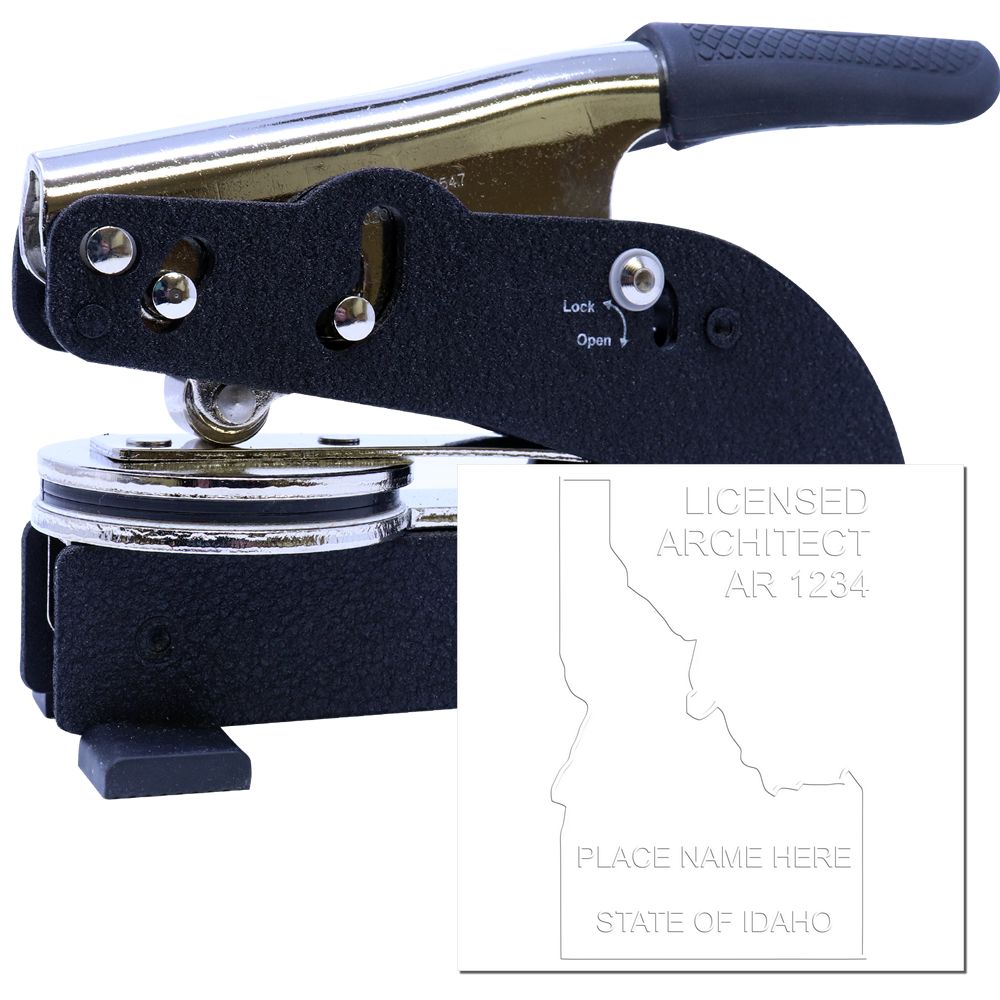
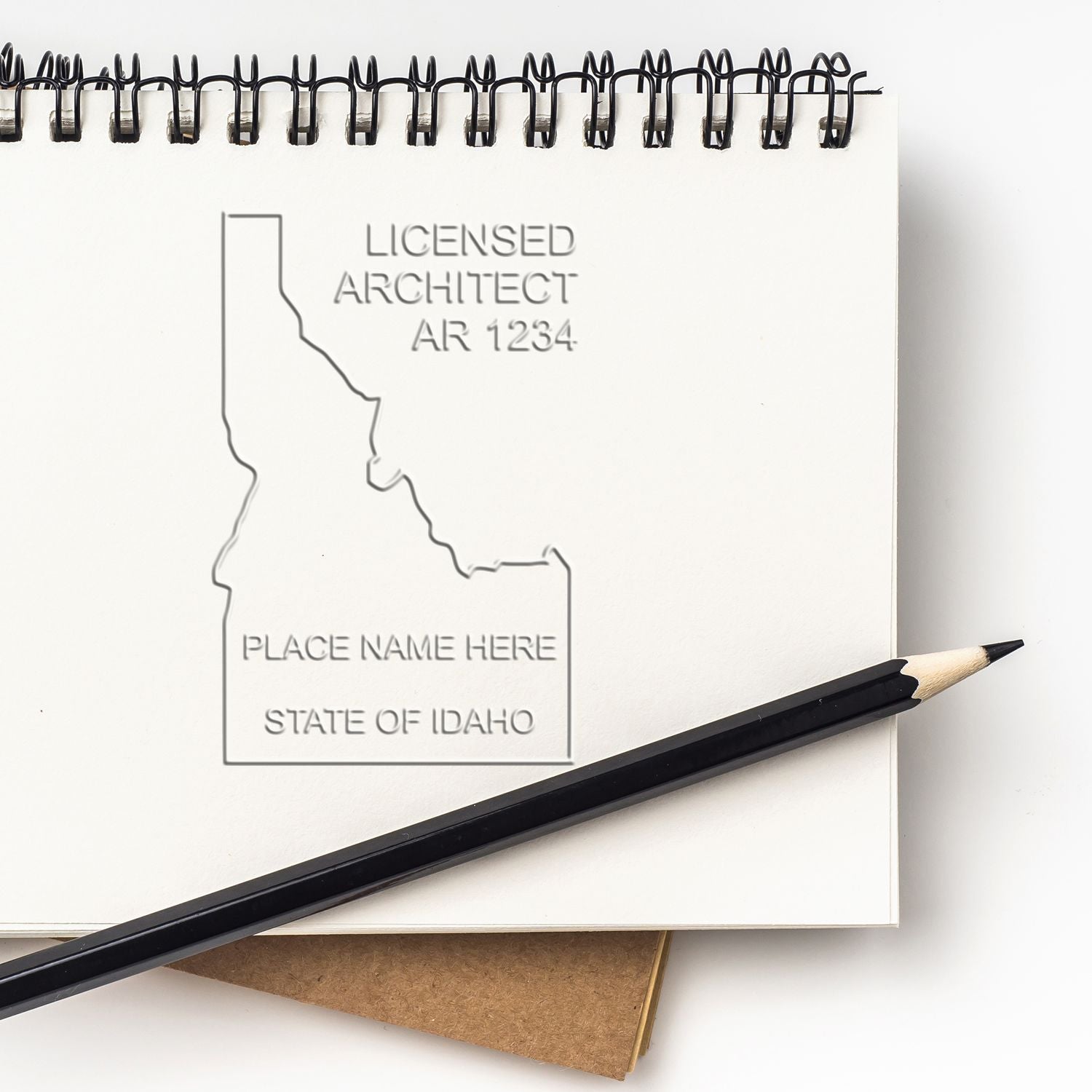
Maintaining Compliance
Once an Idaho architect obtains their architectural seal, it is crucial to understand the requirements for maintaining compliance. This includes the renewal and expiration of the seal, as well as the potential consequences of non-compliance.
Renewal and Expiration of the Seal
In Idaho, architectural seals are not perpetual and require regular renewal. The specific renewal period may vary, so it is essential for architects to stay updated with the Idaho State Board of Architectural Examiners to ensure compliance with renewal deadlines.
Architects should be proactive in renewing their seals to avoid any disruptions in their professional practice. Failure to renew the seal within the specified timeframe may result in the architect being unable to legally stamp or seal architectural documents. Consequently, this can impede their ability to take on new projects or continue work on existing ones.
Consequences of Non-compliance
Non-compliance with Idaho's architectural seal requirements can have serious repercussions for architects. If an architect fails to renew their seal or uses an expired seal to stamp or seal architectural documents, it can be considered a violation of the state's regulations.
The consequences of non-compliance can include penalties, fines, or disciplinary actions by the Idaho State Board of Architectural Examiners. These actions may range from warnings and reprimands to the suspension or revocation of an architect's license. Such disciplinary actions can have a significant impact on an architect's professional reputation and ability to practice.
Architects must prioritize compliance with Idaho's architectural seal requirements to ensure the validity and legality of their work. Staying informed about renewal deadlines and promptly renewing the seal when required is essential. By doing so, architects can maintain their professional standing and continue to provide their services to clients in Idaho.
For more information on Idaho architectural seal requirements and the process of obtaining an Idaho architect stamp, architects can refer to our article on Idaho architect stamps. It is crucial to stay up-to-date with the latest Idaho architect stamp regulations and guidelines to ensure compliance. Architects should also familiarize themselves with the design and size requirements of the seal, as outlined by the Idaho State Board of Architectural Examiners. Details on the design and size of the seal can be found in our article on Idaho architect stamp design and size.
About ESS
At Engineer Seal Stamps, or ESS, we intertwine craftsmanship with commitment. As esteemed makers of custom rubber stamps, professional seals, and notary stamps, we pride ourselves on delivering products that stand as a testament to our dedication to quality. But our distinction lies in our approach to service: our unwavering commitment to stellar customer service ensures that every interaction, every detail, and every product is meticulously handled with you in mind. Furthermore, we confidently stand behind our products, offering a state board guarantee on our entire range. With ESS, you're not just making a purchase; you're investing in reliability, precision, and a legacy of unparalleled service.

